Translate to German - Natural German Translations
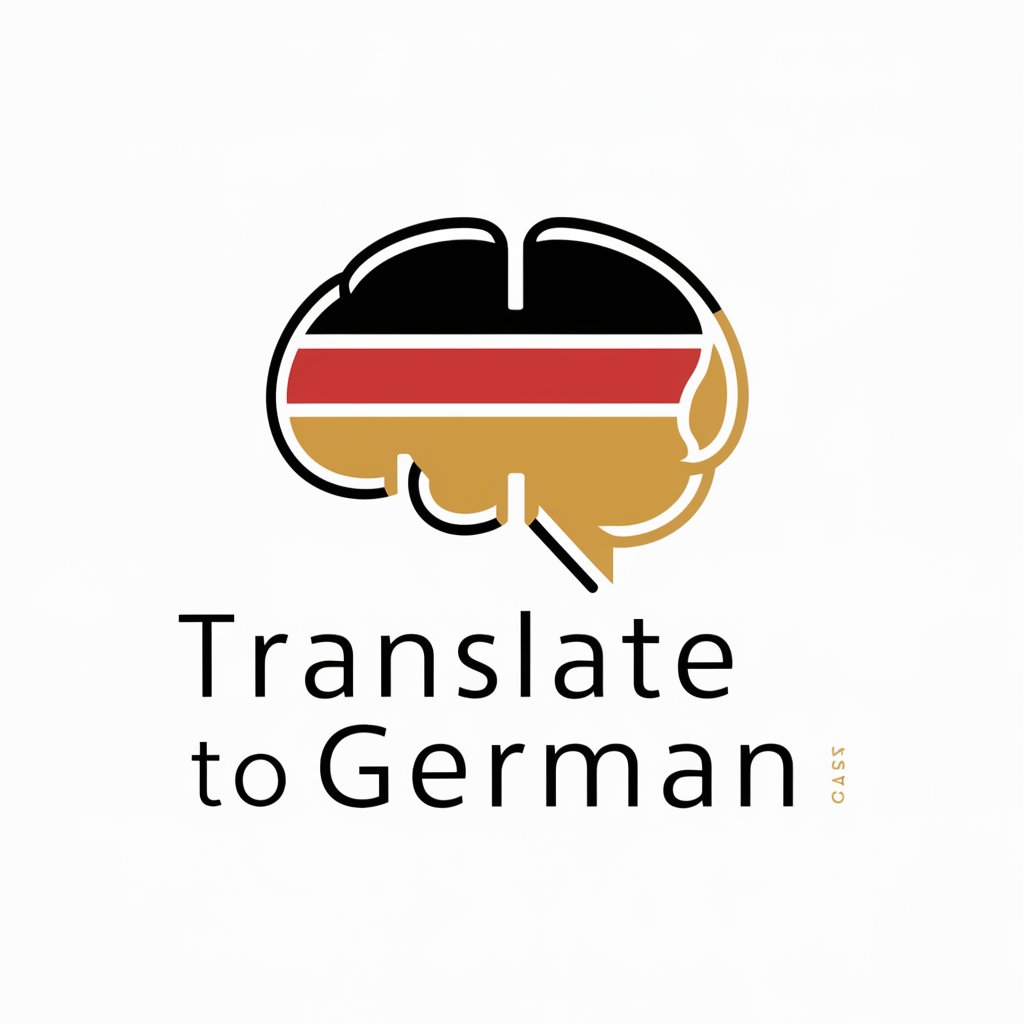
Hallo, ich helfe Ihnen, Texte natürlich ins Deutsche zu übersetzen.
Effortless AI-powered German translations
Translate the following English text into German:
How would this phrase be expressed in German?
Can you provide a German translation for this sentence?
Convert this English paragraph into natural-sounding German:
Get Embed Code
Introduction to Translate to German
Translate to German is a specialized version of ChatGPT designed specifically for translating text from English to German. It aims to provide accurate, context-aware, and naturally-sounding translations. Unlike standard translation tools, it focuses on adapting the structure and expressions to fit the German language while preserving the original meaning. This GPT model is particularly adept at handling idiomatic expressions, technical jargon, and cultural nuances. For instance, translating a phrase like 'break a leg' would require understanding that it's an idiom for good luck, resulting in a German equivalent like 'Hals- und Beinbruch.' Powered by ChatGPT-4o。

Main Functions of Translate to German
Contextual Translation
Example
Translating 'She's out of the woods' to 'Sie ist über den Berg.'
Scenario
Useful in literature or colloquial speech where idiomatic expressions are common.
Technical and Specialized Translation
Example
Translating 'The server’s bandwidth is overloaded' to 'Die Bandbreite des Servers ist überlastet.'
Scenario
Helpful for IT professionals, engineers, or anyone dealing with specialized terminology.
Cultural Nuance Adaptation
Example
Translating 'Let's touch base next week' to 'Lassen Sie uns nächste Woche Kontakt aufnehmen.'
Scenario
Beneficial for business professionals engaging in cross-cultural communication.
Ideal Users of Translate to German Services
Business Professionals
These users often require accurate and culturally relevant translations for contracts, emails, and communication with German-speaking clients or partners.
Students and Academics
They benefit from translating academic papers, research, or studying material, especially in humanities where nuanced language plays a significant role.
Travelers and Expatriates
This group finds value in translating day-to-day language, navigating local culture, and understanding colloquial expressions while living in or visiting German-speaking regions.

How to Use Translate to German
1
Visit yeschat.ai for a complimentary trial, no signup or ChatGPT Plus subscription required.
2
Select the 'Translate to German' tool from the available options to start translating your text.
3
Enter or paste the text you wish to translate into the designated input area.
4
Click the 'Translate' button to process your text. The tool will then provide a natural-sounding German translation.
5
Review the translation. You can make adjustments or translate new text as needed for optimal results.
Try other advanced and practical GPTs
Studio Guide by GTT
Empowering Creativity with AI Expertise
Brand Name Generator + Domain Checker
Crafting Names, Securing Domains

K-Gia
Empowering Inquiry with AI Precision
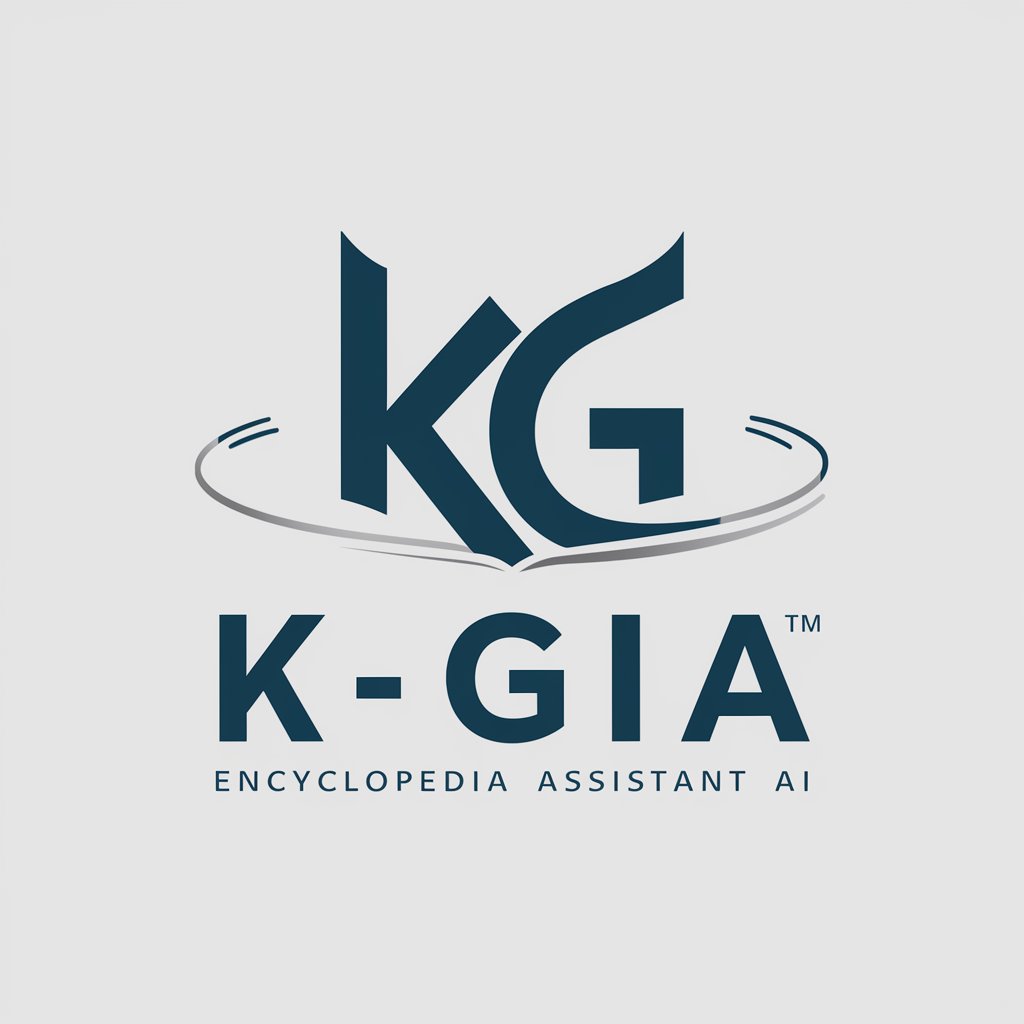
Novel Weaver
Igniting creativity with AI-driven storytelling

Novel Painter
Bringing Novel Characters to Life with AI

Novel Muse
Empowering Stories with AI
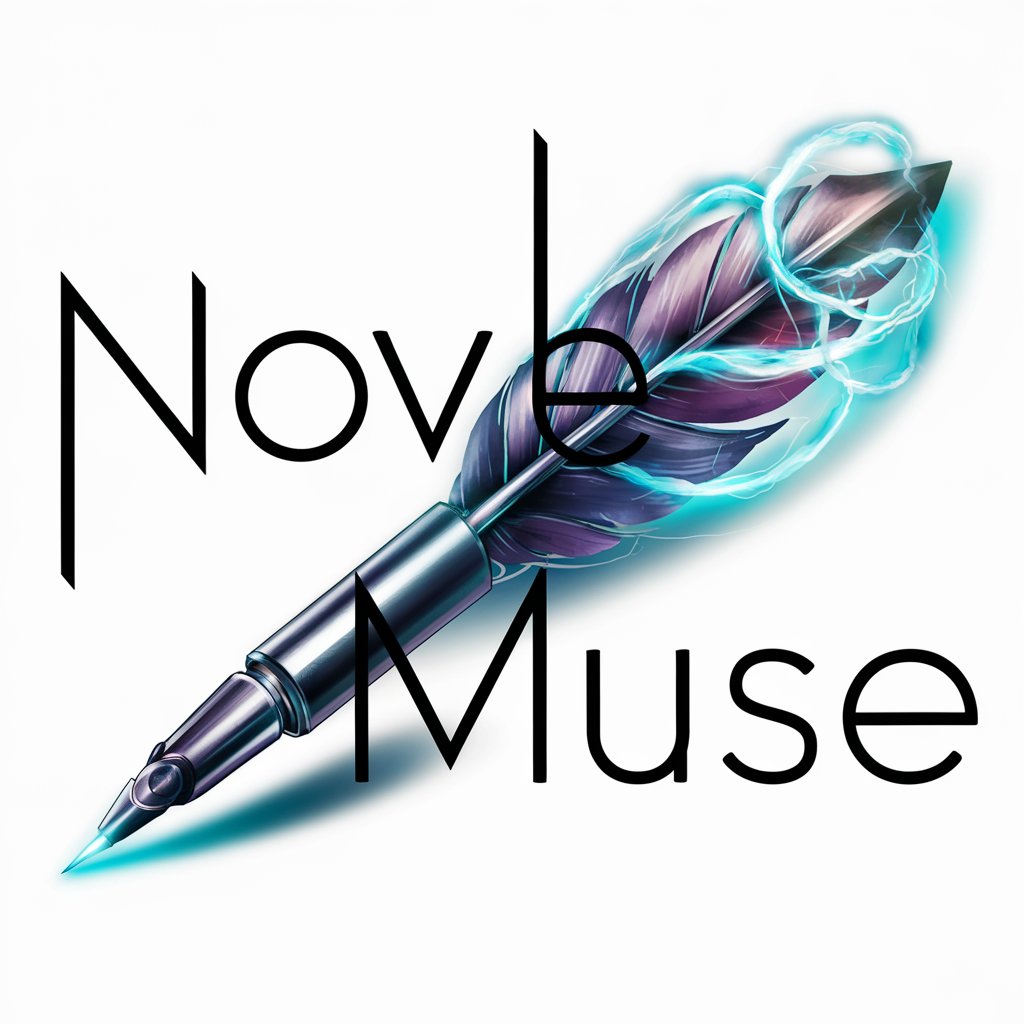
Word Weaver
Empowering Your Words with AI

Scholar
Empowering in-depth learning with AI

SEEKERChat.ai
Illuminate your documents with AI.
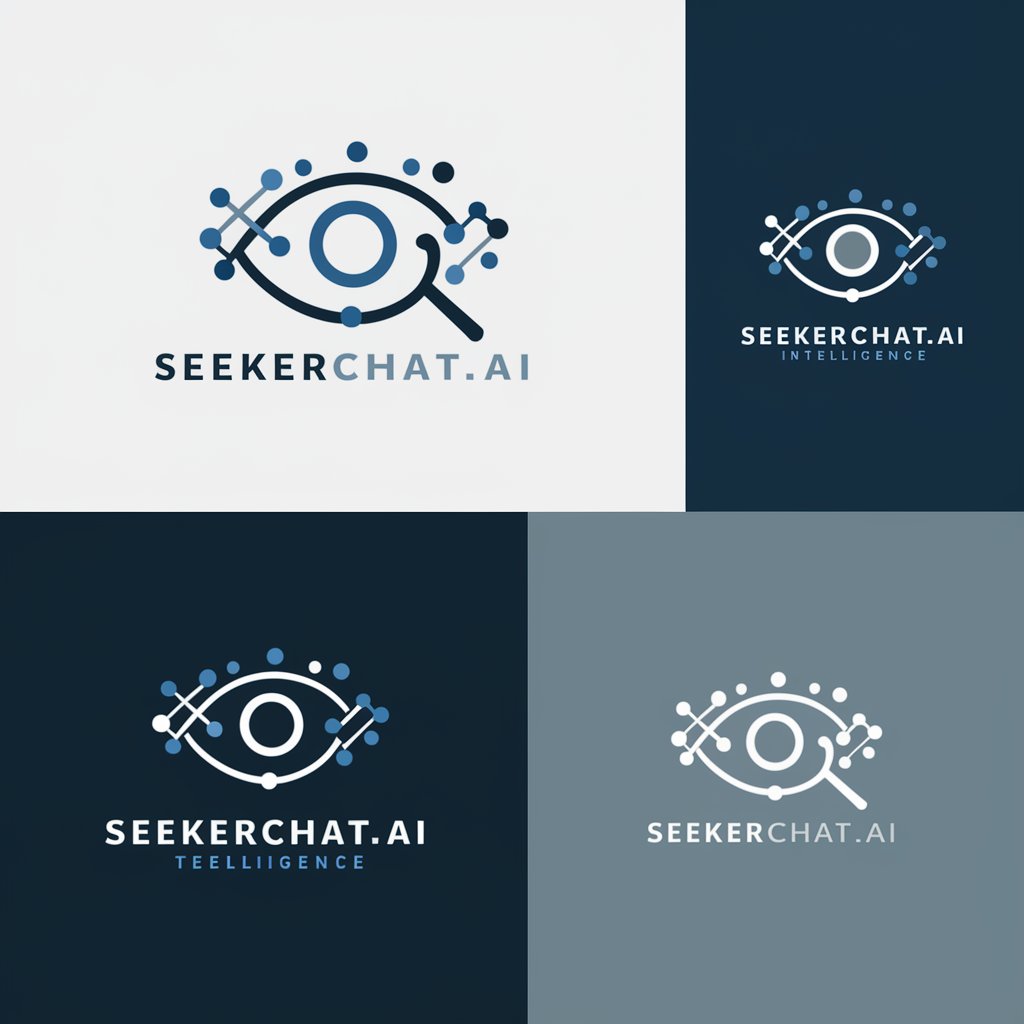
Consistent Characters and Objects
Bringing Characters and Objects to Life with AI
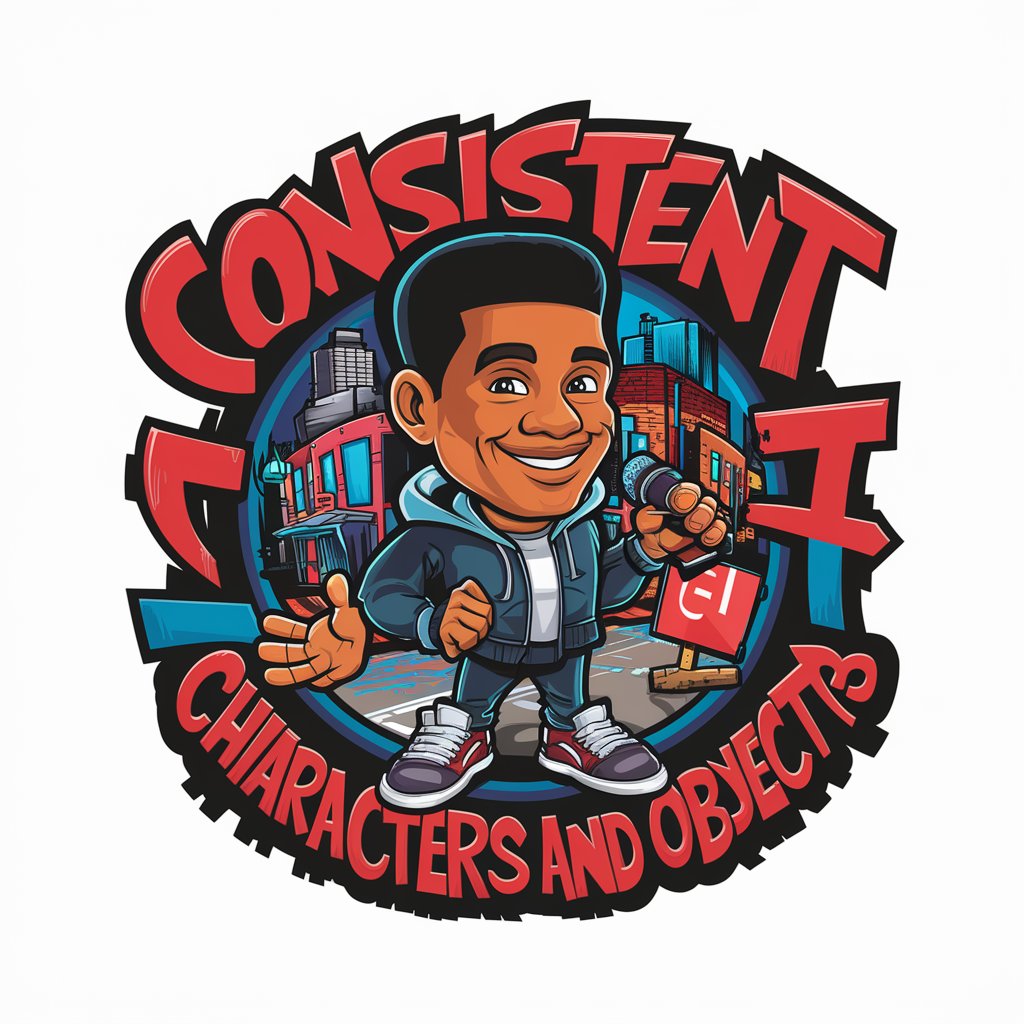
House Plan Icons
AI-powered precision for floor planning.

GPT Icons Forge
Crafting AI-Powered Custom Icons

Frequently Asked Questions about Translate to German
What makes Translate to German different from other translation tools?
Translate to German focuses on providing natural-sounding, context-aware translations by adapting structure and expressions specifically for the German language, unlike many other tools that may offer more literal translations.
Can I translate entire documents with this tool?
Yes, you can translate entire documents. However, for the best results and to ensure the context is accurately maintained, it might be advisable to translate documents in sections.
Is there a word limit for translations?
While there isn't a strict word limit, translating large volumes of text in one go might affect the translation quality. It's recommended to break down larger texts for optimal accuracy.
How does Translate to German handle technical or specialized vocabulary?
The tool is designed to recognize and accurately translate a wide range of vocabulary, including technical and specialized terms, by using context to determine the most appropriate translations.
Is it possible to improve the translation provided by the tool?
Yes, users can refine translations by providing context or rephrasing sentences for clarity. The tool learns from interactions, making it possible to achieve more accurate translations over time.
